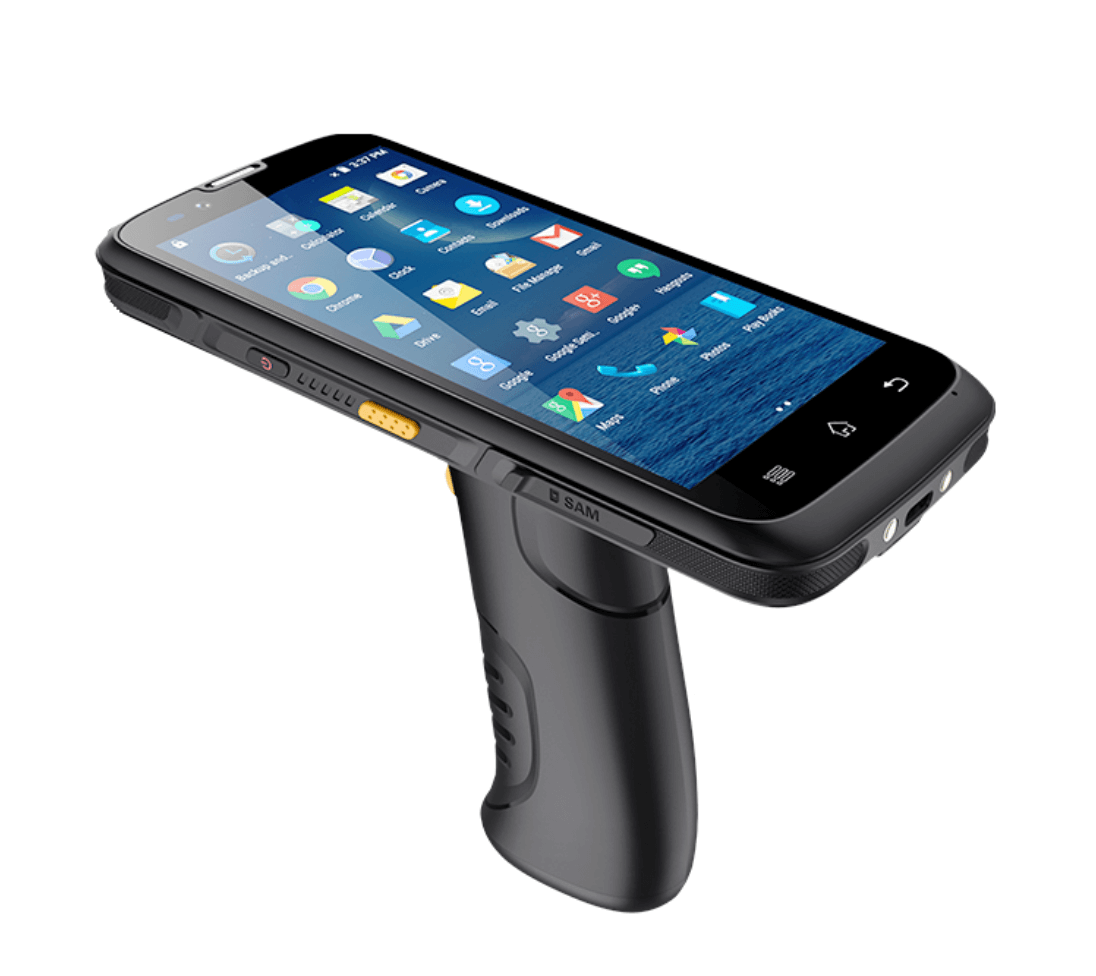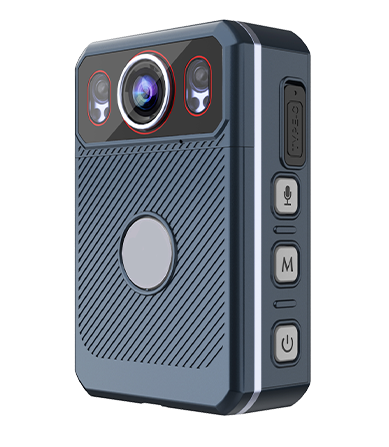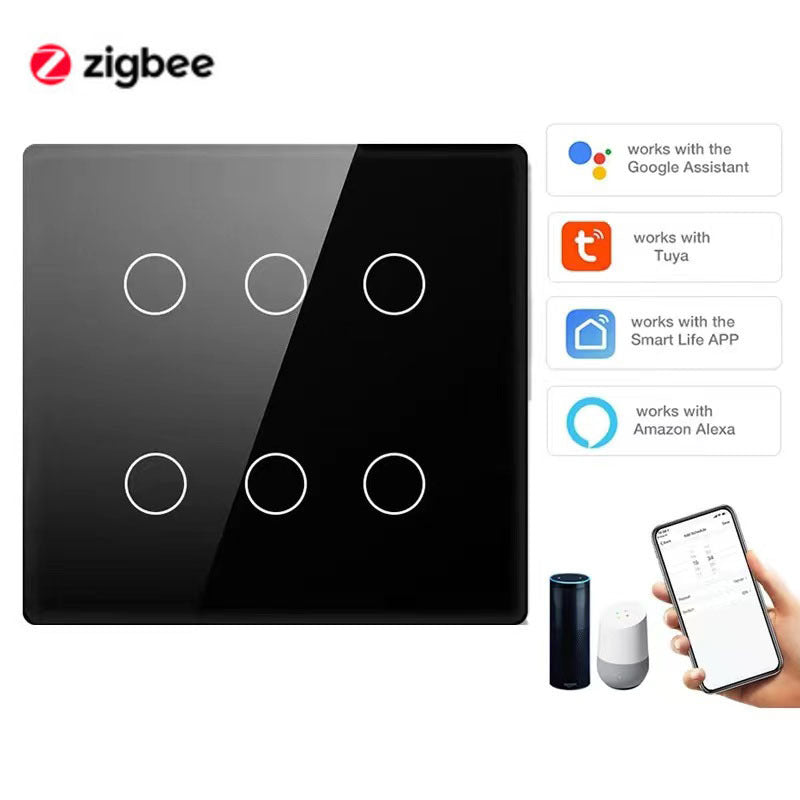Introduction
In emergency medical services (EMS), speed and accuracy save lives. Paramedics, first responders, and emergency departments need real-time data, instant communication, and rugged devices that can withstand harsh environments while delivering critical patient information.
The advent of 5G-enabled medical handheld terminals is transforming emergency care by providing:
✔ Ultra-fast data transmission for live vitals monitoring
✔ AI-powered triage support in the field
✔ Seamless telemedicine consultations with specialists
✔ Secure, cloud-based EHR access from any location
This blog explores how 5G medical handhelds are upgrading emergency response systems, with a spotlight on the LS-F503 5G Handheld Mobile Computer—a purpose-built device for EMS professionals.
Challenges in Traditional Emergency Response Systems
1. Slow or Unreliable Connectivity (4G Limitations)
-
High-latency networks delay transmission of critical data (ECG, imaging, etc.).
-
Dead zones in rural or disaster areas disrupt communication with hospitals.
2. Fragile Consumer Devices Fail Under Pressure
-
Standard smartphones/tablets cannot survive ambulance environments (vibration, moisture, drops).
-
Short battery life forces paramedics to carry multiple devices.
3. Manual Processes Increase Risk of Errors
-
Paper-based records or delayed digital entries lead to miscommunication.
-
No real-time specialist support for complex cases in the field.
How 5G Medical Handheld Terminals Solve These Problems
1. Near-Zero Latency for Real-Time Care
5G enables:
-
Live streaming of ultrasounds/ECGs (<10ms delay)
-
AI-assisted diagnostics (e.g., stroke detection via facial recognition)
-
Instant access to cloud-based patient records
2. Rugged Design for Extreme Conditions
Devices like the LS-F503 are engineered for EMS with:
✔ IP65 certification (dustproof, waterproof, shock-resistant)
✔ Sunlight-readable display (visible in bright outdoor conditions)
✔ Hot-swappable battery (24/7 operation without charging downtime)
3. Advanced Telemedicine Capabilities
-
Two-way video calls with ER doctors for remote guidance
-
Secure messaging between EMS teams and hospitals
-
Barcode scanning for quick medication verification
Real-World Applications in Emergency Medicine
Case 1: Stroke Detection & Faster Treatment
-
Problem: Stroke patients lose 1.9 million brain cells per minute—delayed diagnosis worsens outcomes.
-
Solution:
-
Paramedics use the LS-F503 to run an AI stroke assessment tool (analyzing speech, facial asymmetry).
-
5G transmits results instantly to the nearest stroke center.
-
-
Result:
-
40% reduction in door-to-treatment time (Journal of Neurointerventional Surgery)
-
Case 2: Trauma Response with AR Guidance
-
Problem: Rural EMTs lack specialist support for critical injuries.
-
Solution:
-
The LS-F503 streams AR overlays from trauma surgeons, guiding procedures like intubation.
-
5G ensures lag-free video even in low-coverage areas.
-
-
Result:
-
30% fewer procedural errors (EMS agency trial)
-
Introducing the LS-F503 5G Handheld Mobile Computer
Designed specifically for EMS, disaster response, and mobile clinics, the LS-F503 offers:
| Feature | Emergency Response Advantage |
|---|---|
| 5G + Wi-Fi 6 | Uninterrupted data streaming in any terrain |
| Rugged IP66 Build | Survives drops, rain, and extreme temps |
| AI Co-Processor | On-device diagnostics (e.g., sepsis alerts) |
| Barcode Scanner | Instant medication/patient ID verification |
| Hot-Swappable Battery | All-day power for extended shifts |
Why EMS Teams Prefer the LS-F503:
-
Faster decision-making with live data and AI insights
-
Fewer communication errors with secure hospital connectivity
-
HIPAA/GDPR compliance (encrypted data transmission)
The Future: 5G + AI in Emergency Response
-
Predictive EMS Dispatching: AI analyzes historical emergency calls to pre-deploy ambulances.
-
Drone-Assisted Response: 5G handhelds coordinate with medical supply drones in remote areas.
-
Holographic Teleconsultations: Trauma specialists guide procedures via 3D holograms on rugged devices.
Conclusion
5G medical handheld terminals like the LS-F503 are redefining emergency care—eliminating delays, reducing errors, and improving survival rates. With lightning-fast connectivity, military-grade durability, and AI-powered diagnostics, these devices ensure paramedics have the right tools when seconds count.
Is your EMS team still using outdated devices? Upgrade to 5G-powered emergency response today.






